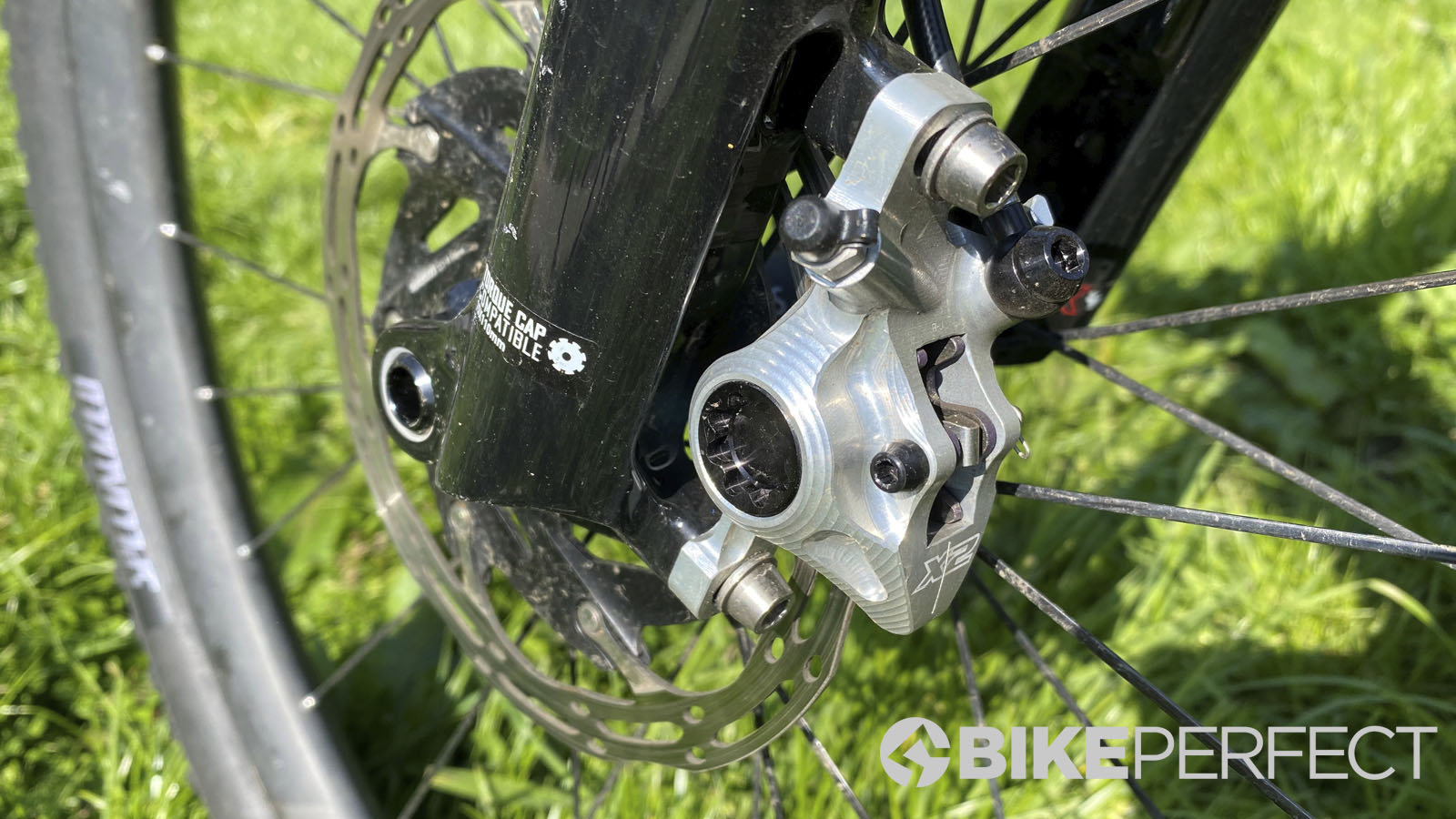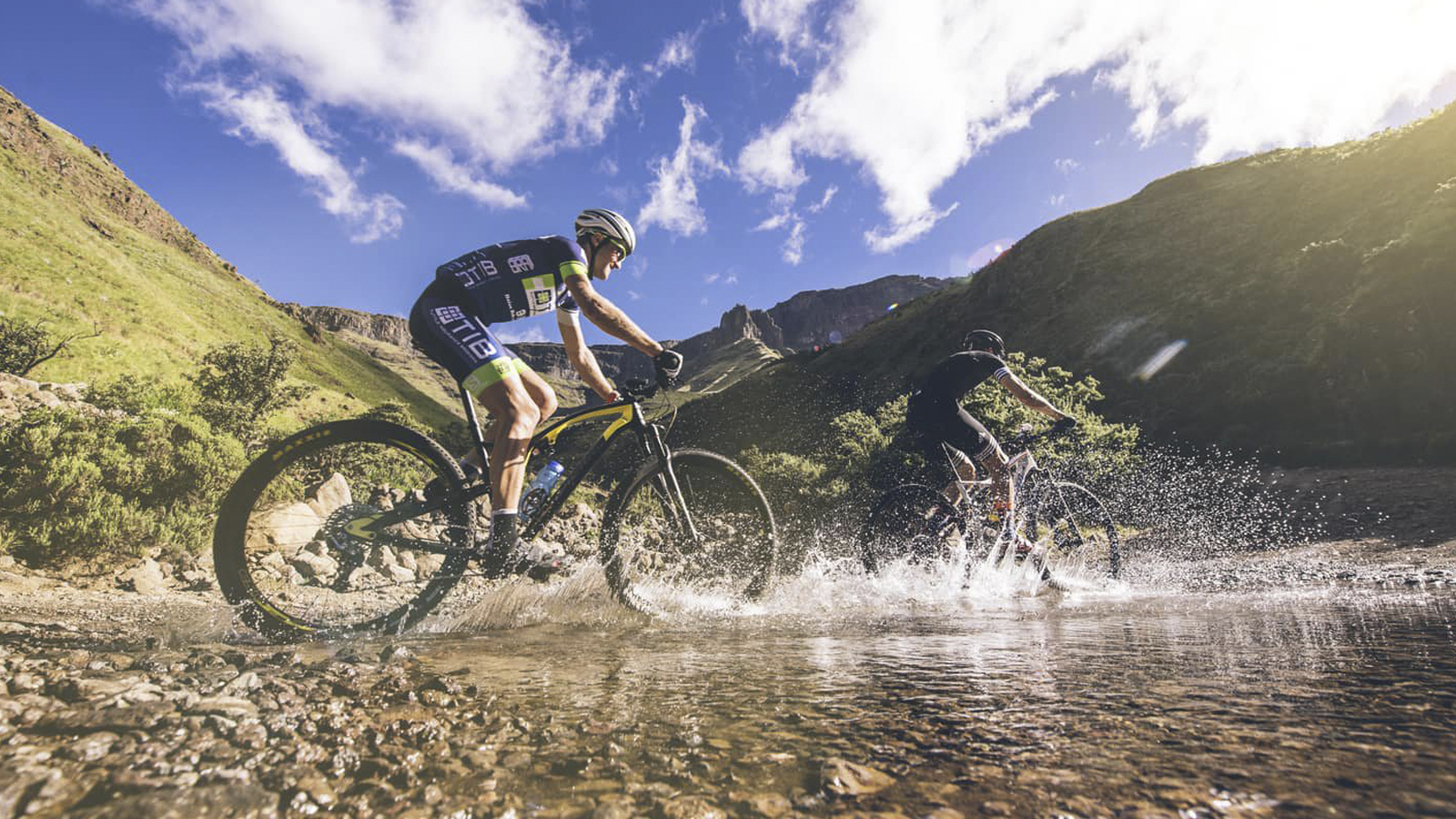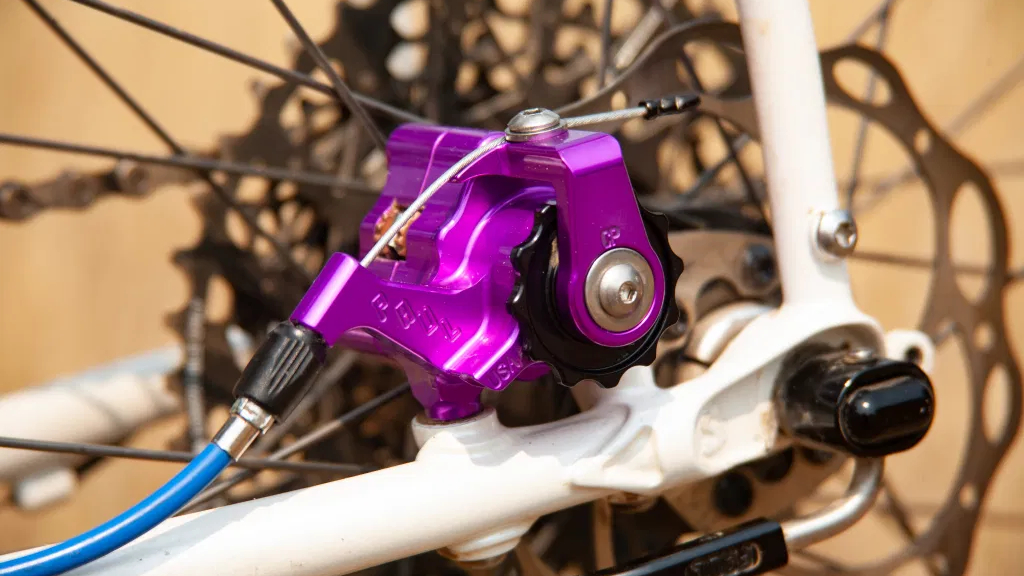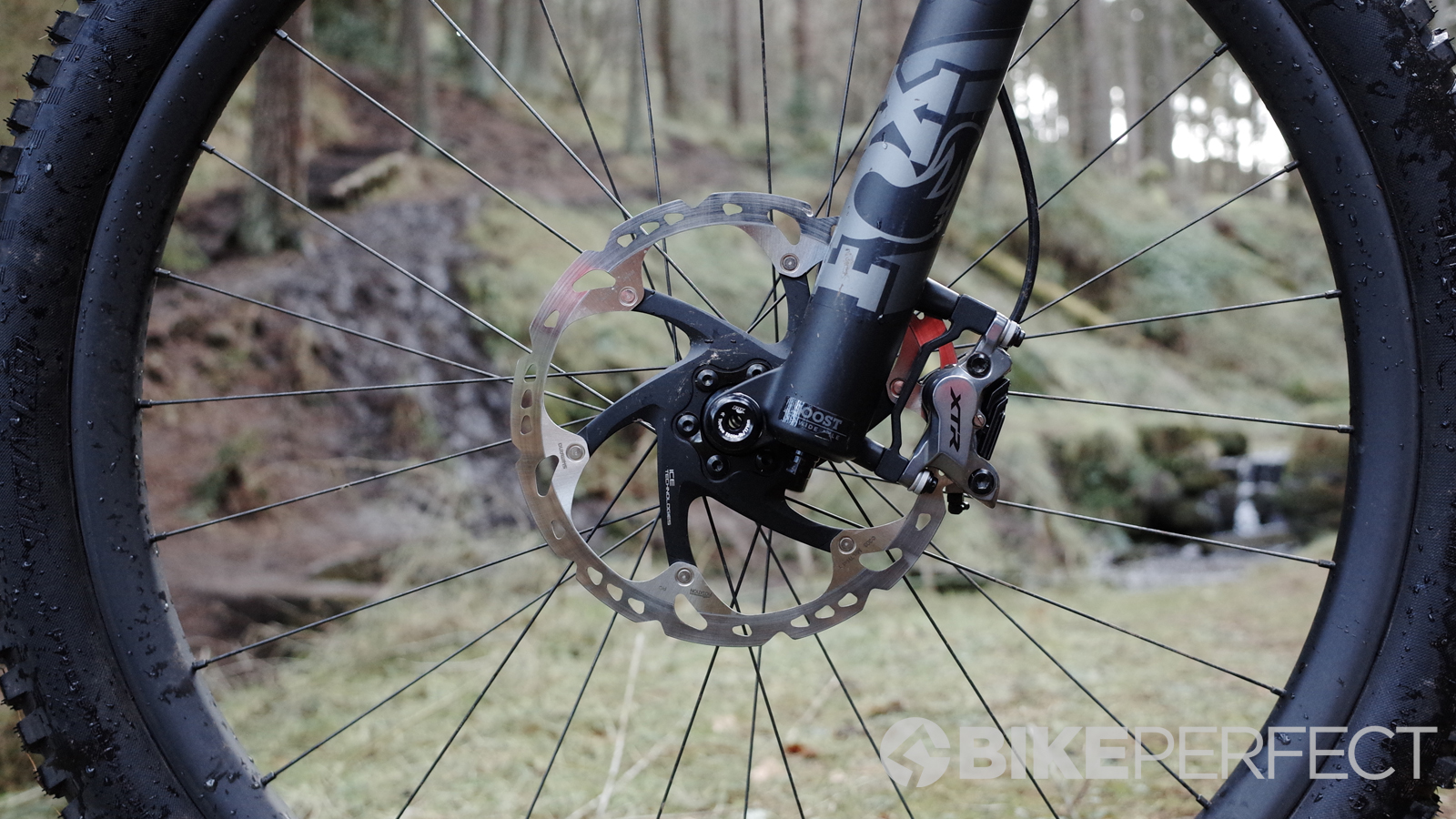
Disc brakes have taken over the market that was once dominated by the rim-brake variety. It's well established that the best mountain bike brakes are disc brakes, with every MTB worth buying coming equipped with them, even the budget mountain bikes. Nowadays, you can find disc brakes on almost any style of bike from hybrids and road bikes, to full-suspension mountain bikes and gravel bikes. Mountain bikes were early adopters of the new technology, paving the way for the technology but now it seems that disc brakes permeate every part of cycling from the casual commuter to the Tour de France.
Not all disc brakes are made the same though, and there are even more factors in addition to differing sizes, uses, and manufacturers. There are two main kinds of disc brakes in the world of bicycles – mechanical and hydraulic. While the difference is inconsequential to some, there are a number of important qualities that separate one style of disc brake from the other.
In this article, we’ll dive into the similarities and differences between mechanical vs hydraulic disc brakes, and help you choose between one style and the other.

Brief overview of disc brakes
Disc brakes are a style of bicycle brake that operates by applying the braking force from the brake lever to the rotor (or disc) which is mounted to the hub. This is vastly different from rim brakes which apply the brake force directly to the rim of each wheel using brake pads.
The main difference between mechanical and hydraulic disc brakes relates to how they transfer the braking force from the brake lever to the brake rotor. So let’s dive right into it.

Mechanical disc brakes
Both mechanical and hydraulic disc brakes transfer the braking force applied by your finger on the levers to pistons which push the brake pads into the rotor, which then completes the actual ‘braking’ process. But it's how the force travels from the lever to the pistons that are different.
Simply put, mechanical disc brakes are operated by a steel cable that connects the brake lever to the brake caliper. This is the same operation as most rim brakes, such as calipers, cantilevers, and V Brakes. Some cable-routing systems can be quite complicated, prone to wear and tear, and can suffer from friction within the cabling system.

Hydraulic disc brakes
Hydraulic disc brakes use a sealed fluid system to transfer the braking force from the lever to the caliper. Inside the hydraulic braking system, there is a piston and a master cylinder that holds the brake fluid. When the brake lever is squeezed, the piston moves inside the cylinder, forcing brake fluid towards the brake caliper. This force is then transferred to pistons inside the brake caliper which push the brake pads into the disc rotor – thus slowing the rotation of the rotor and the wheel.
Similarities and Differences
Mechanical disc brakes are generally cheaper than hydraulic disc brakes, both the brakes themselves and the bikes that come equipped with them. Although you can put either type of disc brake onto a disc brake-compatible bike, the process can be laborious and expensive as hydraulic disc brakes need hydraulic-specific levers and require hose cutting and bleeding if fitting to a bike with internal routing.
Mechanical disc brakes are far simpler as they use cables and don't require any special tools, although they can be difficult to set up and are more prone to wear and tear. Hydraulic disc brakes have better modulation and stopping power than mechanical disc brakes, although both disc brake styles vastly outperform rim brakes.
Overall, hydraulic disc brakes are superior in terms of performance and efficiency because of the reduced friction by not having a mechanical cable. The fluid system is much more efficient than a steel cable which is more prone to wear, especially if it is exposed to the elements. Even without a cut or hole in the housing, it can be easy for mud and dirt to sneak into mechanical disc brake systems during hundreds of miles of off-road riding.
Many mechanical disk brakes only have a single piston which pushes the disc against the static inside pad to create the force, unlike hydraulic disc brakes where both pads move. You do get mechanical disc brakes that do this too, such as SRAM's BB7, and while they offer significantly improved mechanical braking they are still not as effective as hydraulic systems.
While hydraulic disc brakes are extremely reliable they are also far more involved when it comes to servicing, as the fluid-driven system often needs special tools and a significant amount of expertise to be fixed or adjusted. Unless you’re a reasonably confident bike mechanic, there is a steep learning curve to maintaining your hydraulic disc brake system at home.
This is another reason that some cyclists opt for mechanical disc brakes over hydraulic ones, and that’s because they are much easier to work on and fix when an issue does arise. If you do decide to use mechanical disc brakes be sure to run compressionless cable outers as these will greatly improve the sharpness of the brake.
While switching to hydraulic disc brakes on a mountain bike can be as simple as taking your old brakes off and fitting the new ones, drop bar riders have extra complications. One of the biggest downsides of hydraulic disc brakes for gravel riders is that you’ll need hydraulic-specific shift levers because hydraulic disc brakes are not compatible with mechanical levers. This adds a significant expense for riders who have never used hydraulic shift levers before, which makes trying out hydraulic disc brakes a big investment just to begin with.
As a footnote there are hybrid systems that combine mechanical lever actuation with a hydraulic system, usually mounted to the caliper. TRP HY/RD are the most commonly seen but other brands like Yokozuna make boutique versions. Using a hybrid system means that you can keep your existing mechanical levers but get more braking power than you would with a mechanical disc. They aren't as powerful as proper hydraulic brakes but offer a good workaround if needed.

How to choose
When it comes down to performance, hydraulic disc brakes do better than mechanical disc brakes in every category. You will get better modulation with hydraulic disc brakes, increased stopping power, and less everyday wear and tear with hydraulic disc brakes as opposed to mechanical ones.
Servicing-wise, hydraulic disc brakes are more difficult to maintain than mechanical disc brakes, but hydraulic brakes need less regular attention than their mechanical cousins.
If you're familiar with servicing mechanical rim brakes, it's not a big leap to being able to look after mechanical cable-pull disc versions. If you're new to hydraulic brakes, then we'd definitely recommend getting the servicing done at your local bike shop – which will obviously come with an attached cost.
The higher overall cost of hydraulic brakes, and the bikes they come equipped on, is a big factor too, which is obviously one to take into consideration when weighing everything up.
For off-road riders who want the best braking performance and who have a little bit of extra cash to spend, hydraulic disc brakes are the way to go. For more casual riders and commuters, mechanical disc brakes will get the job done.
In addition to elite-level road, track and Zwift racing, Zach Nehr is a freelance writer and the head of ZNehr Coaching. He contributes written articles on a variety of cycling-related subjects, including product reviews and advertorials, as well as feature articles and power analyses. With a Bachelor’s Degree in Exercise Science from Marian University-Indianapolis, Zach spends his time working with endurance athletes of all ages and levels at ZNehr Coaching. Having entered the sport at age 17, Zach has had a successful racing career, winning the 2017 Collegiate National Time Trial Championships and a 9th place finish at the 2019 US Pro National Time Trial Championships. These days, Zach spends most of his ride time indoors, racing on RGT Cycling and competing in the Zwift Premier League with NeXT eSport.
- Rich OwenEditor, BikePerfect
